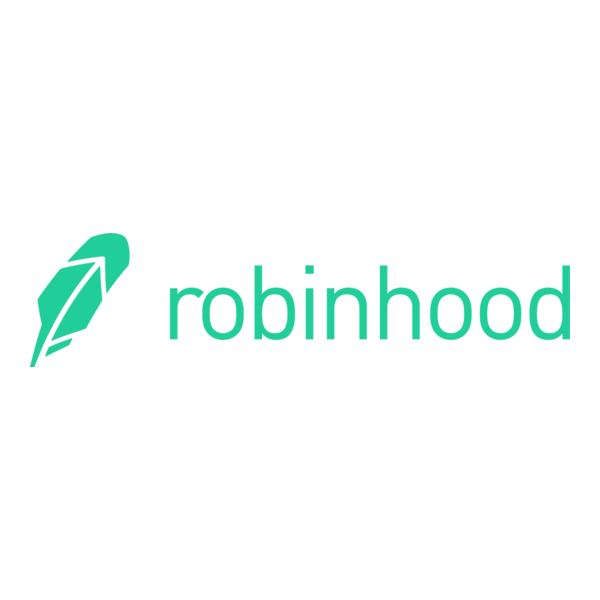Engineering Uber Lite
Uber reveals the real struggles and smart solutions they found while building Uber Lite for shaky network spots.
Showing 20 of 384 articles (Page 12 of 20)

Uber reveals the real struggles and smart solutions they found while building Uber Lite for shaky network spots.

Tokopedia hashes GraphQL queries to shrink payloads and boost speed.

Dropbox sped up Android camera uploads and made them rock-solid.

Booking.com keeps tabs on how their apps perform in the real world.

Robinhood crafts a smart plan to scale engineering without the chaos.

Swiggy handles a million downloads a week with smooth efficiency.

DeliveryHero caches images smartly to cut down on network clutter.

Swiggy keeps rolling out accessibility wins for a better experience.

Spotify’s ‘Ruler’ helps them measure and trim Android app size with precision and ease.

Swiggy digs into the tech behind making their app accessible.

Swiggy starts building an app that’s truly open to all users.

Tokopedia patches crashes from sideloading after app bundle use.

Airbnb rates their Android app’s performance to keep it running smooth.

Reddit sped up builds and cut grunt work so devs can focus on cool features.

Uber breaks down the smart design choices behind their revamped Rider app.

Airbnb built a score to keep their web pages fast and users coming back.

Grab shares how they made their super app lightning-fast for daily use.

Discusses techniques Facebook implemented to improve the startup speed of its Android app.
Five years ago the Cash App Android client started splitting our UI rendering and UI presenter responsibilities into distinct types. We had leaned into RxJava heavily in the years prior

Lyft shares their tricks for keeping their mobile app smooth and user-friendly.